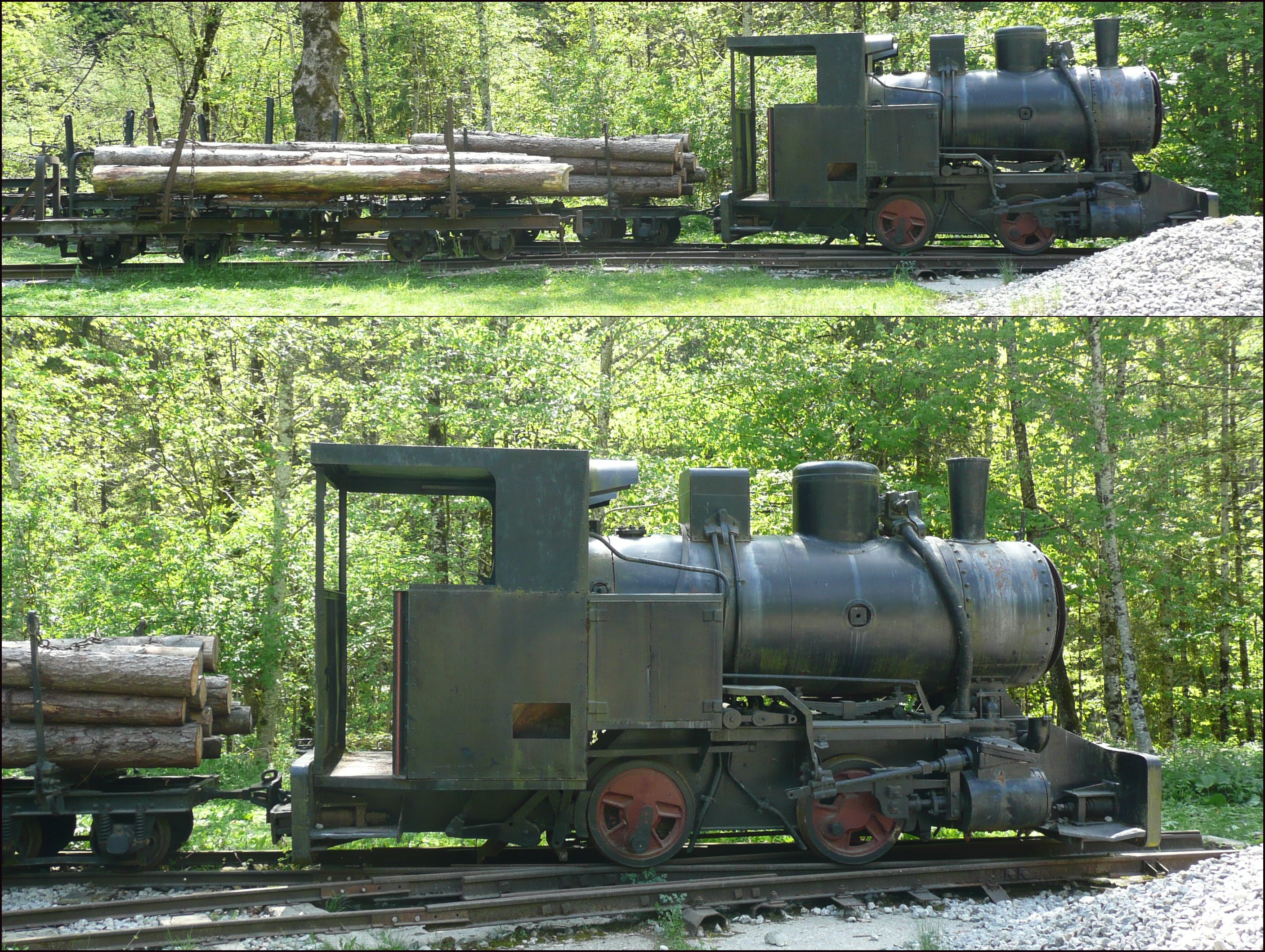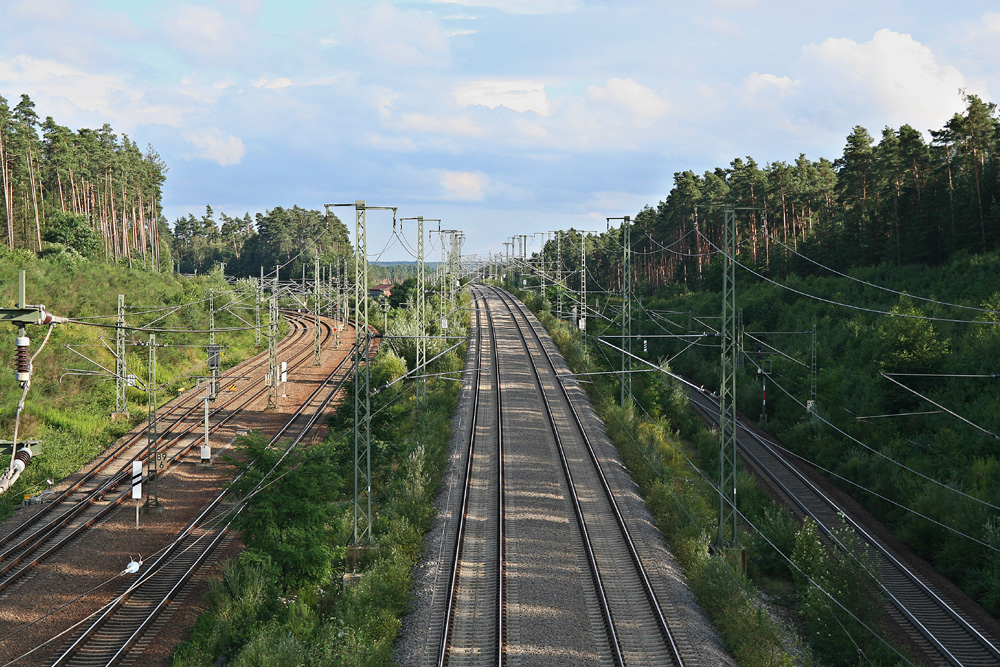|
Fernhill Branch
The Fernhill Branch is a railway line in Otago, New Zealand. It was opened in 1883 and the remaining section formally closed in 2002 although abandoned for ten years. A significant amount of controversy surrounded the ownership status of the line in its early years. Construction and controversy The reason this line was constructed was little different from why many bush tramways throughout New Zealand were constructed in the days before modern road transportation. It was built to run from the Fernhill coal mine to the Main South Line, about 2.75 kilometres south so that the company's owners had easy railway access. In 1882, the Fernhill Railway & Colliery Company Ltd. commenced work on the line and it was finished the next year, opening on 9 July 1883. For the first four years, the company continued to maintain the line while trains were operated by the government's New Zealand Railways Department The New Zealand Railways Department, NZR or NZGR (New Zealand Government Rail ... [...More Info...] [...Related Items...] OR: [Wikipedia] [Google] [Baidu] |
Otago
Otago (, ; ) is a regions of New Zealand, region of New Zealand located in the southern half of the South Island and administered by the Otago Regional Council. It has an area of approximately , making it the country's second largest local government region. Its population was The name "Otago" is the local Māori language#South Island dialects, southern Māori dialect pronunciation of "Otakou, Ōtākou", the name of the Māori village near the entrance to Otago Harbour. The exact meaning of the term is disputed, with common translations being "isolated village" and "place of red earth", the latter referring to the reddish-ochre clay that is common in the area around Dunedin. "Otago" is also the old name of the European settlement on the harbour, established by the Weller Brothers in 1831, which lies close to Otakou. The upper harbour later became the focus of the Otago Association, an offshoot of the Free Church of Scotland (1843–1900), Free Church of Scotland, notable for ... [...More Info...] [...Related Items...] OR: [Wikipedia] [Google] [Baidu] |
New Zealand
New Zealand () is an island country in the southwestern Pacific Ocean. It consists of two main landmasses—the North Island () and the South Island ()—and List of islands of New Zealand, over 600 smaller islands. It is the List of island countries, sixth-largest island country by area and lies east of Australia across the Tasman Sea and south of the islands of New Caledonia, Fiji, and Tonga. The Geography of New Zealand, country's varied topography and sharp mountain peaks, including the Southern Alps (), owe much to tectonic uplift and volcanic eruptions. Capital of New Zealand, New Zealand's capital city is Wellington, and its most populous city is Auckland. The islands of New Zealand were the last large habitable land to be settled by humans. Between about 1280 and 1350, Polynesians began to settle in the islands and subsequently developed a distinctive Māori culture. In 1642, the Dutch explorer Abel Tasman became the first European to sight and record New Zealand. ... [...More Info...] [...Related Items...] OR: [Wikipedia] [Google] [Baidu] |
New Zealand Railways Department
The New Zealand Railways Department, NZR or NZGR (New Zealand Government Railways) and often known as the "Railways", was a government department charged with owning and maintaining Rail transport in New Zealand, New Zealand's railway infrastructure and operating the railway system. The Department was created in 1880 and was corporatised on 1 April 1982 into the New Zealand Railways Corporation. Originally, railway construction and operation took place under the auspices of the former Provinces of New Zealand, provincial governments and some private railways, before all of the provincial operations came under the central New Zealand Ministry of Works, Public Works Department. The role of operating the rail network was subsequently separated from that of the network's construction. From 1895 to 1993 there was a responsible Minister, the Minister of Railways (New Zealand), Minister of Railways. He was often also the Minister of Public Works. Apart from four brief experiments with i ... [...More Info...] [...Related Items...] OR: [Wikipedia] [Google] [Baidu] |
Tramway (mineral)
Tramways are lightly laid industrial railways, often not intended to be permanent. Originally, rolling stock could be pushed by humans, pulled by animals (especially horses and mules), cable-hauled by a stationary engine, or pulled by small, light locomotives. Tramways can exist in many forms; sometimes simply tracks temporarily placed on the ground to transport materials around a factory, mine or quarry. Many use narrow-gauge railway technology, but because tramway infrastructure is not intended to support the weight of vehicles used on railways of wider track gauge, the infrastructure can be built using less substantial materials, enabling considerable cost savings. The term "tramway" is not used in North America, but is commonly used in the United Kingdom and elsewhere where British railway terminology and practices influenced management practices, terminologies and railway cultures, such as Australia, New Zealand, and those parts of Asia, Africa and South America that c ... [...More Info...] [...Related Items...] OR: [Wikipedia] [Google] [Baidu] |
Main South Line
The Main South Line, sometimes referred to as part of the South Island Main Trunk Railway, is a railway line that runs north and south from Lyttelton, New Zealand, Lyttelton in New Zealand through Christchurch and along the east coast of the South Island to Invercargill via Dunedin. It is one of the most important railway lines in New Zealand and was one of the first to be built, with construction commencing in the 1860s. At Christchurch, it connects with the Main North Line, New Zealand, Main North Line to Picton, New Zealand, Picton, the other part of the South Island Main Trunk. Construction Construction of the Main South Line falls into two main sections: from Christchurch through southern Canterbury, New Zealand, Canterbury to Otago's major city of Dunedin; and linking the southern centres of Dunedin and Invercargill, improving communication in southern Otago and large parts of Southland, New Zealand, Southland. Construction of the first section of the line began in 1865 ... [...More Info...] [...Related Items...] OR: [Wikipedia] [Google] [Baidu] |
Industrial Spur
A branch line is a secondary railway line which branches off a more important through route, usually a main line. A very short branch line may be called a spur line. Branch lines may serve one or more industries, or a city or town not located on a main line. Branch lines may also connect two or more main lines. Industrial spur An industrial spur is a type of secondary track used by railroads to allow customers at a location to load and unload railcars without interfering with other railroad operations. Industrial spurs can vary greatly in length and railcar capacity depending on the requirements of the customer the spur is serving. In heavily industrialized areas, it is not uncommon for one industrial spur to have multiple sidings to several different customers. Typically, spurs are serviced by local trains responsible for collecting small numbers of railcars and delivering them to a larger yard, where these railcars are sorted and dispatched in larger trains with other ... [...More Info...] [...Related Items...] OR: [Wikipedia] [Google] [Baidu] |
Railway Lines In New Zealand
Rail transport (also known as train transport) is a means of transport using wheeled vehicles running in tracks, which usually consist of two parallel steel rails. Rail transport is one of the two primary means of land transport, next to road transport. It is used for about 8% of passenger and freight transport globally, thanks to its energy efficiency and potentially high speed.Rolling stock on rails generally encounters lower frictional resistance than rubber-tyred road vehicles, allowing rail cars to be coupled into longer trains. Power is usually provided by diesel or electric locomotives. While railway transport is capital-intensive and less flexible than road transport, it can carry heavy loads of passengers and cargo with greater energy efficiency and safety. Precursors of railways driven by human or animal power have existed since antiquity, but modern rail transport began with the invention of the steam locomotive in the United Kingdom at the beginning of the 19th ... [...More Info...] [...Related Items...] OR: [Wikipedia] [Google] [Baidu] |




